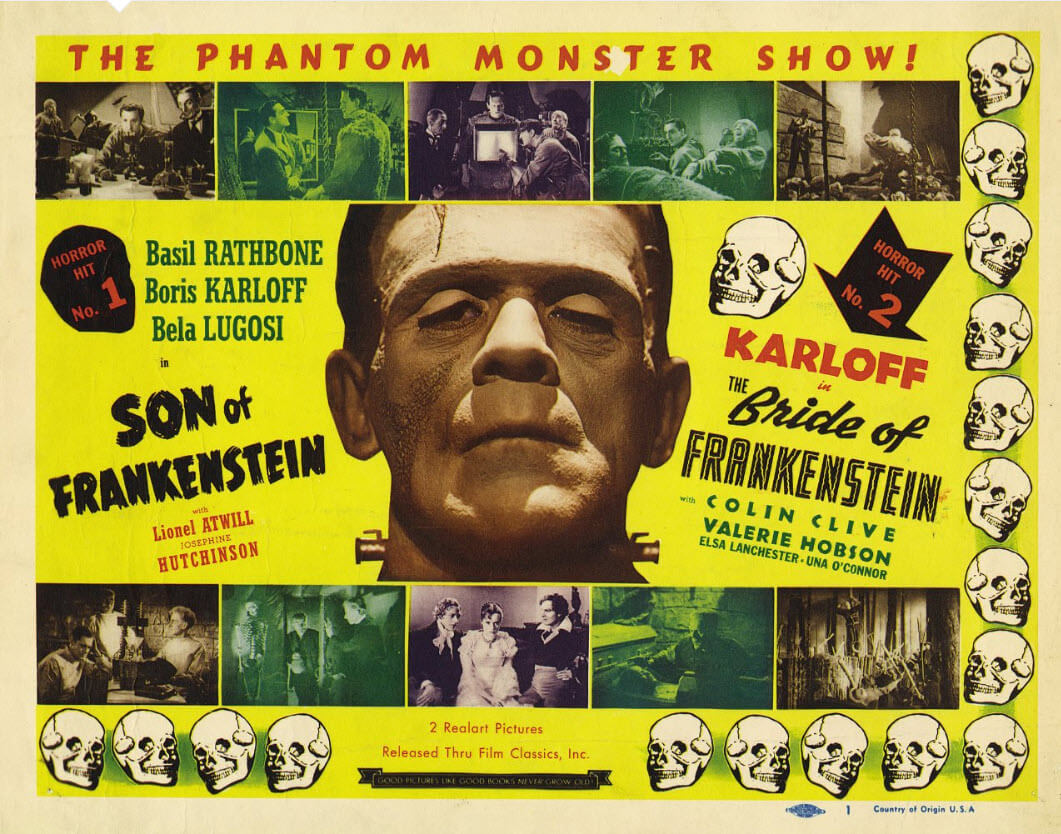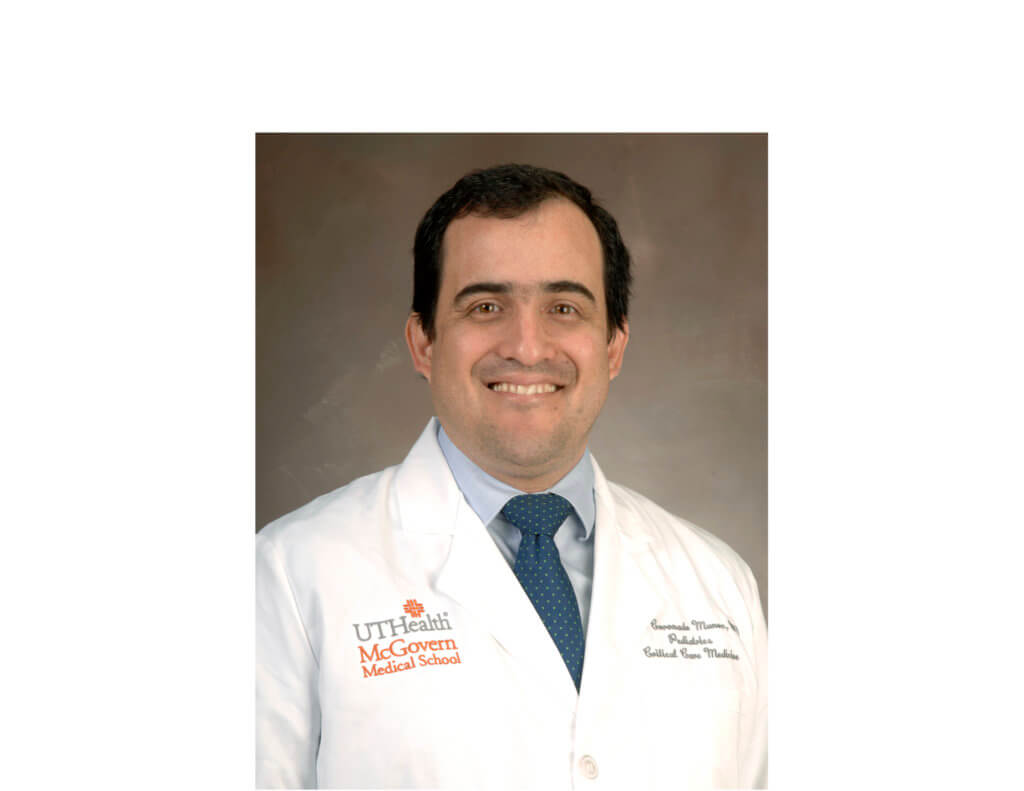What Frankenstein Can Teach Clinicians About Patient Care

Andrew Childress, Ph.D., is an assistant professor at Baylor College of Medicine’s Center for Medical Ethics and Health Policy.
Streets will soon fill with children walking door-to-door in costumes. One of the most “classic” costumes comes from a 200-year old book by Mary Shelley — Frankenstein. For decades kids have sported the green face paint, a flattop and neck bolts. But they’ve got it all wrong. Frankenstein is the surname of the scientist who created the monster (aka, the Creature) out of discarded corpses and, most likely, a healthy dose of electricity.
In Shelley’s book, the Creature himself was never given a name and bears no resemblance to the grunting green monster seen in movies, television and elsewhere. Instead, he’s an intelligent, articulate, sensitive being who quotes poets like John Milton and implores Frankenstein to regard him as an equal and treat him with compassion.
Frankenstein is often cited as a cautionary tale, one that forecasts the dire consequences of allowing scientific and technological innovation to run amok. While this is a useful reading of the novel, there are other valuable lessons to be learned from the conflict between Frankenstein and his creation that can be applied to the world of modern medicine.
Innovations in critical care, thoracic surgery and transplant medicine have enabled health care providers to prolong life, despite failure of vital organs and organ systems. However, these technical successes (and failures) have consequences for the patients whose lives are saved. Although their lives may be prolonged by these technologies, patients may feel that the tradeoffs in terms of dramatic changes in their body image, their struggles to reintegrate into society and the burdens placed on their family members may not be worth a few extra months or even years of life. For example, patients with severe heart failure who receive implantable ventricular assist devices may be able to leave the hospital and resume some of their usual activities, but they will have to take care of a complex mechanical device that may limit their independence and mobility.
And when these life-sustaining or prolonging treatments fail, it is often difficult for clinicians to openly acknowledge this fact, let alone the suffering that these treatments can produce. Like Frankenstein, clinicians’ desire to overcome death can overwhelm their sensitivity to the suffering of patients and their families. The patient’s body then becomes a battlefield for the eternal struggle to stave off death and avoid feelings of grief and loss. In other words, the patients’ desires for compassion and palliation may become secondary to clinicians’ desires to “beat” death. When this happens, patients often feel rejected or abandoned by the clinical care team—just as the Creature felt abandoned by Frankenstein. What they need then is someone to help rebuild their sense of self and return them to an environment of caring and compassion.
Like many patients who suffer from acute, chronic or catastrophic illnesses, Frankenstein’s Creature felt alone, disoriented, and rejected by his Creator and by society at large. He had deep spiritual and existential needs that Frankenstein either ignored or refused to address. These needs included the need to be known, to be listened to, and to feel cared for by those around him. Clinicians have a unique opportunity every day to identify and address these needs as part of the pathway to healing. They can start by listening to the patient’s story of illness and imagining themselves as characters in that story. They can ask themselves what story the patient might tell of their clinic visit or their hospitalization and how they might describe the care they received to others. They can also ask the patient what role medicine can play in helping them write the next chapter of their lives, one that avoids Frankenstein’s mistakes and leads down the path to healing instead of alienation, despair and suffering.
Want to learn more about what Frankenstein can teach health care providers? Register here for the Baylor College of Medicine Center for Medical Ethics and Health Policy’s Conversation Speaker Series event on Dec. 13. Assistant Professor Andrew Childress will discuss issues related to trust in medicine, the acknowledgment of suffering, and the unintended consequences of using advanced life-sustaining technologies, drawing on insights from the interaction between Frankenstein and the Creature to help illuminate the experiences of patients who have felt abandoned or have lost trust in medicine.



